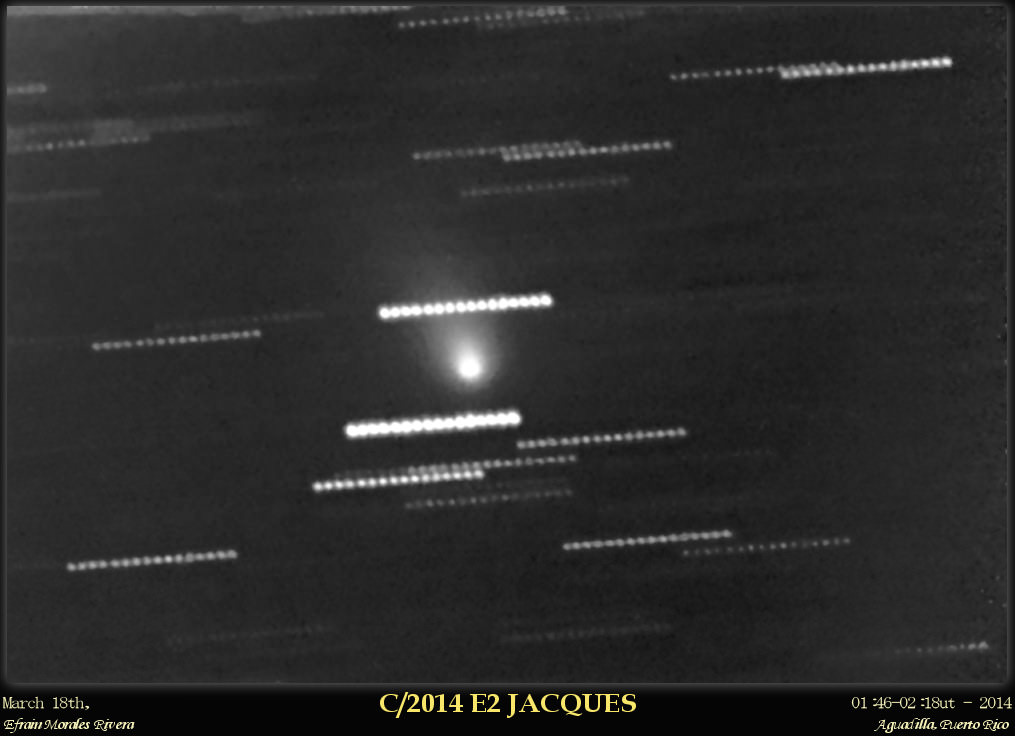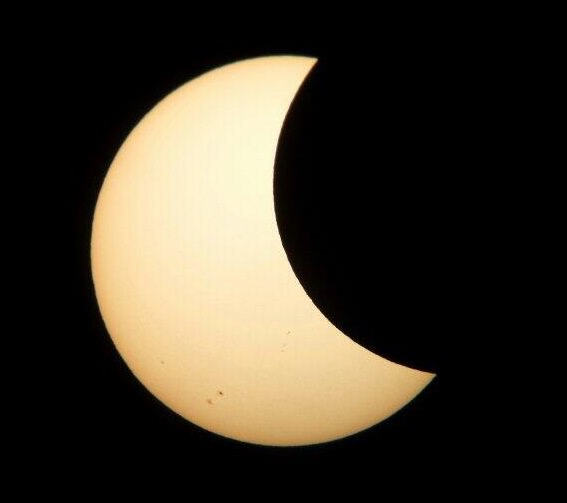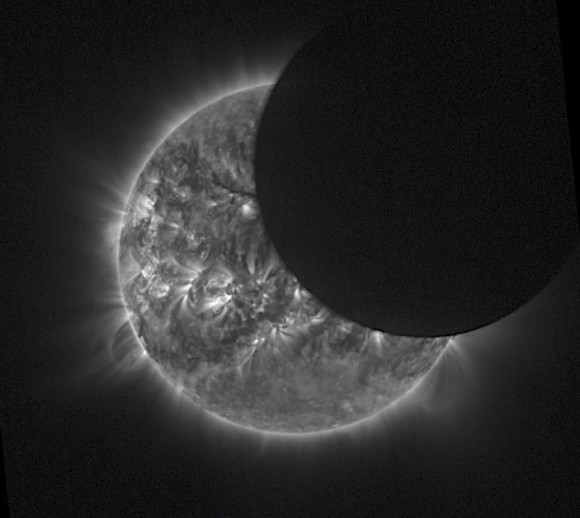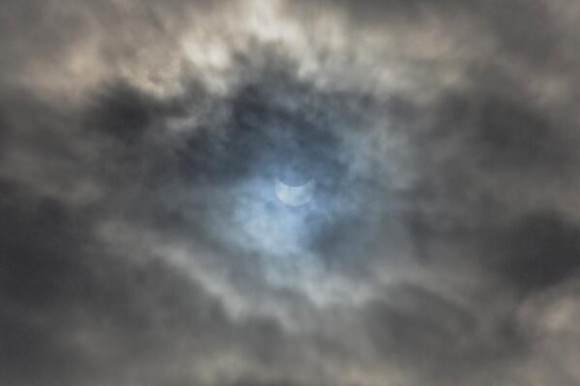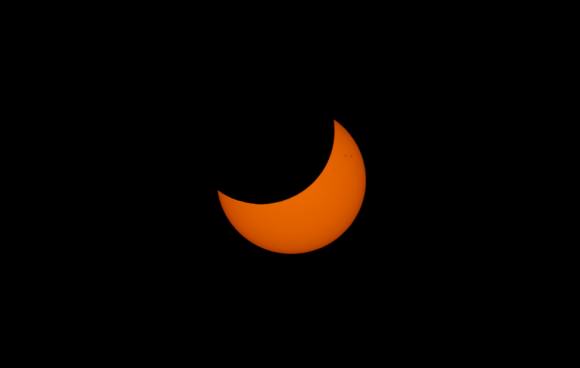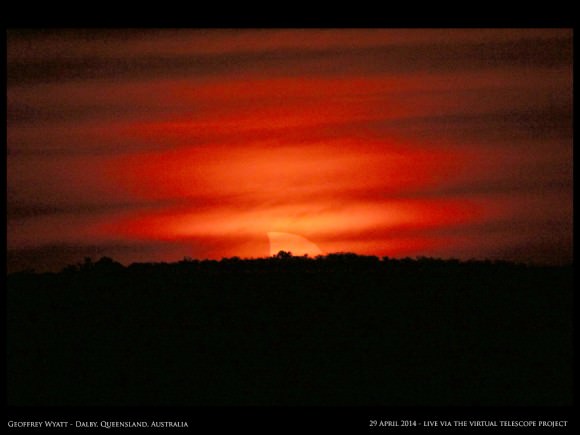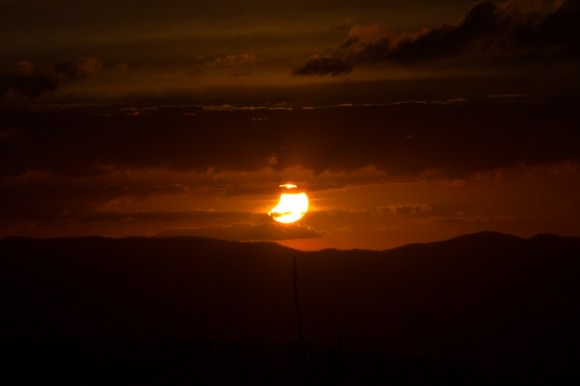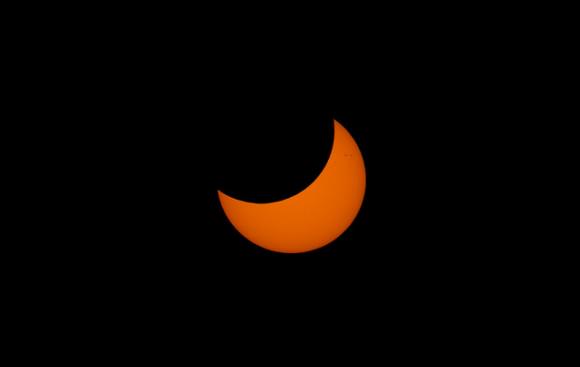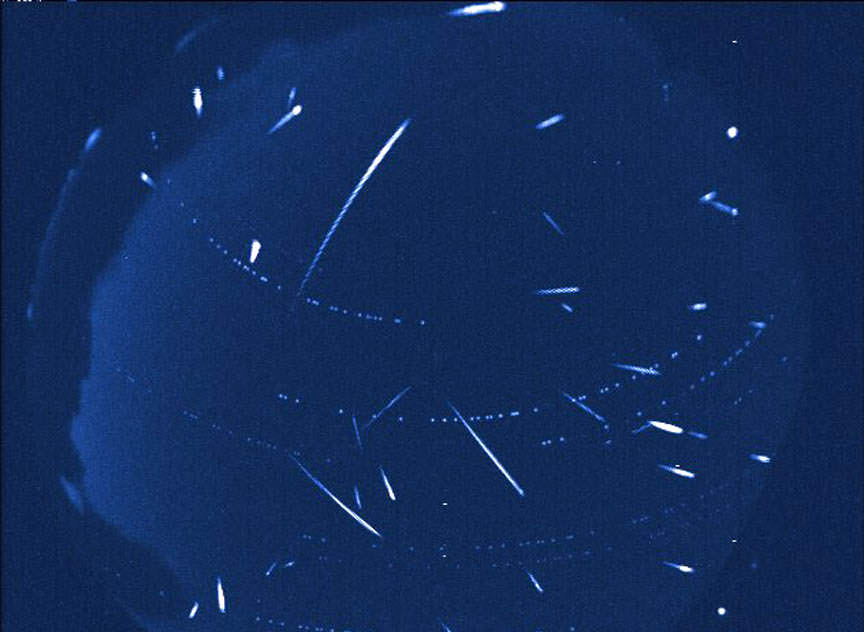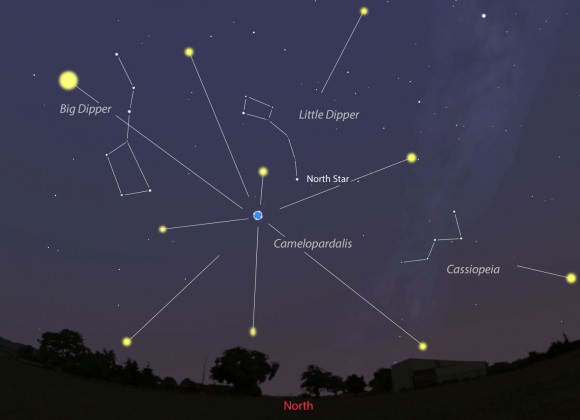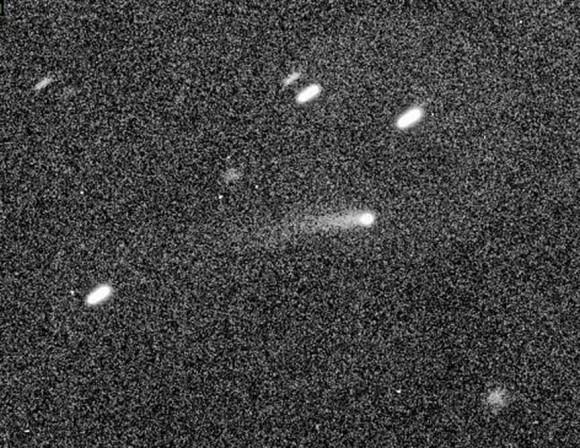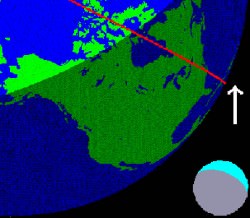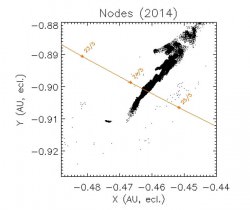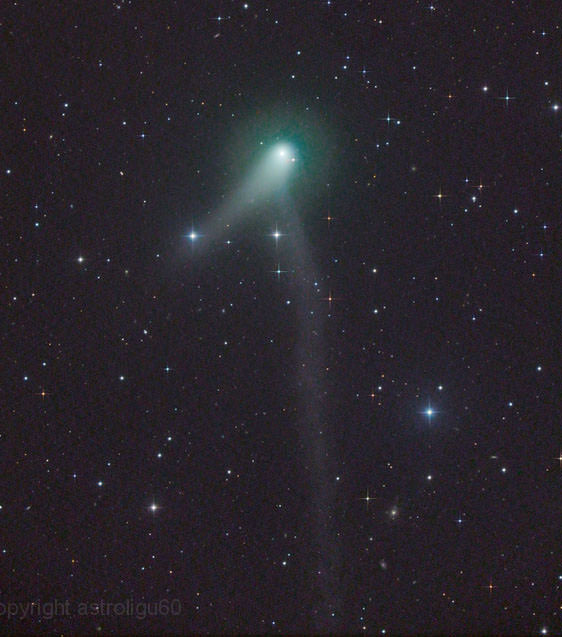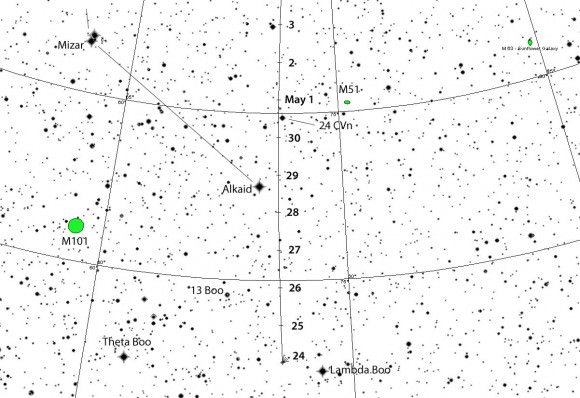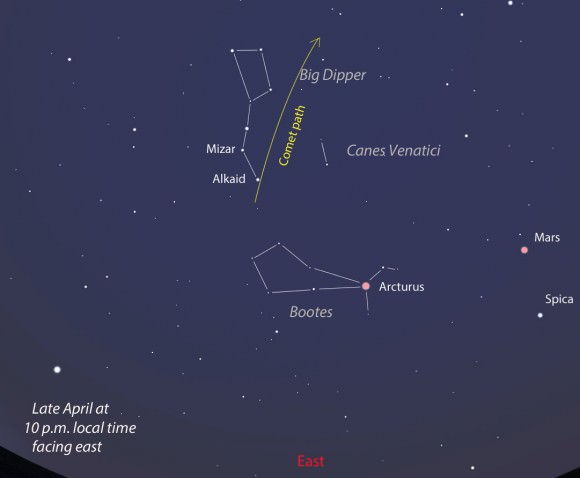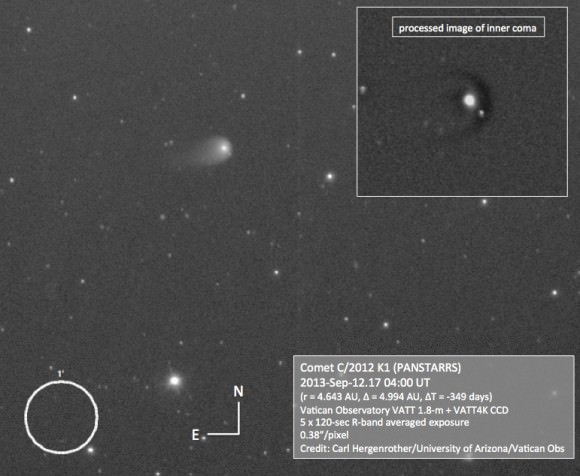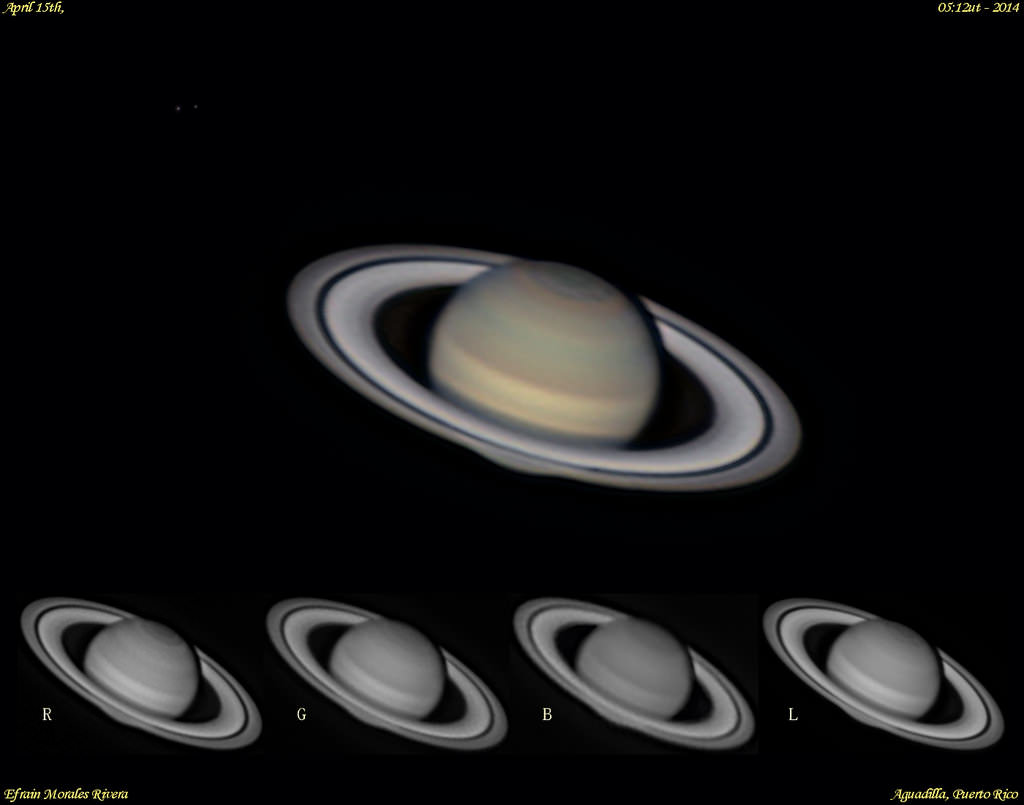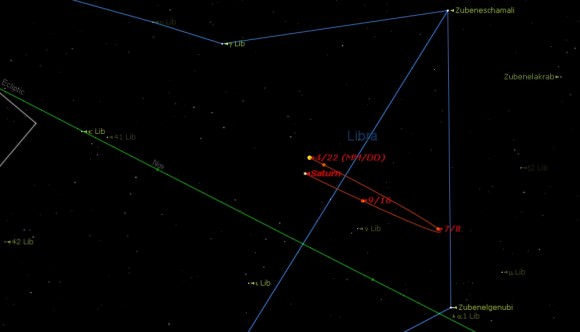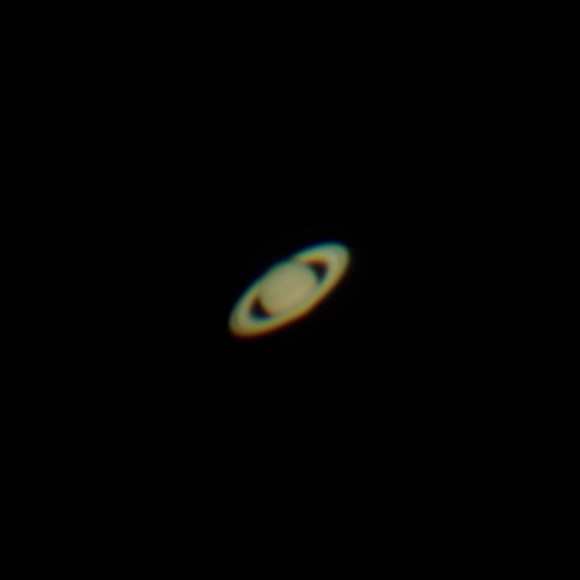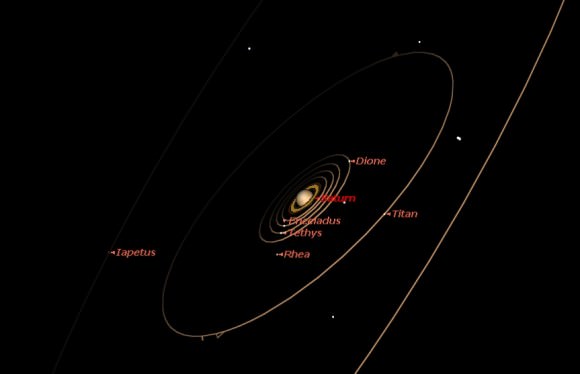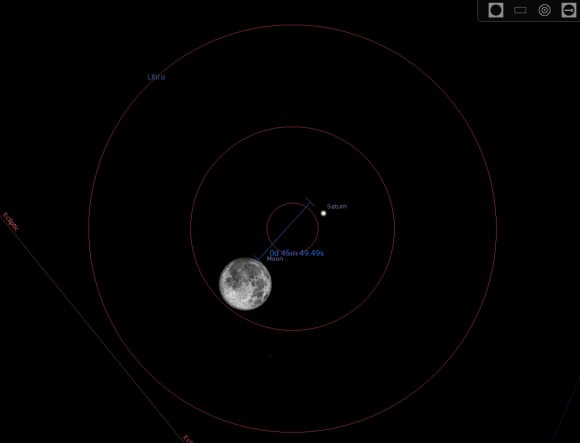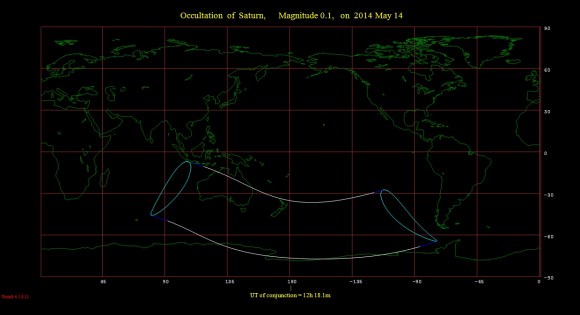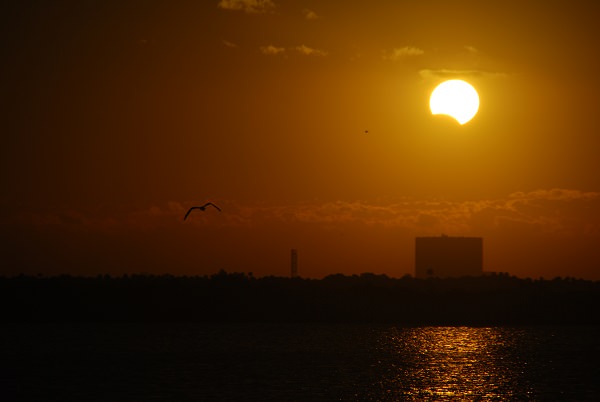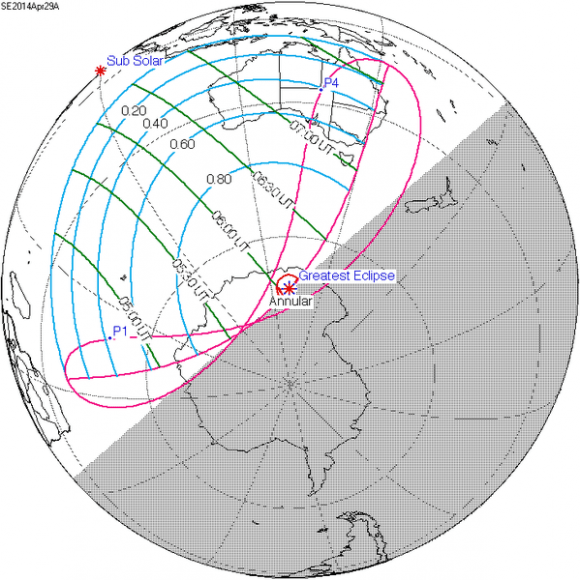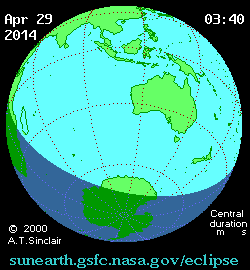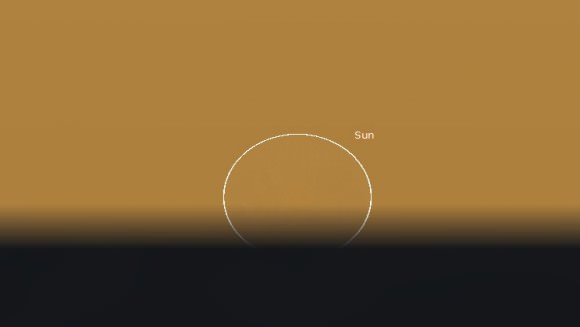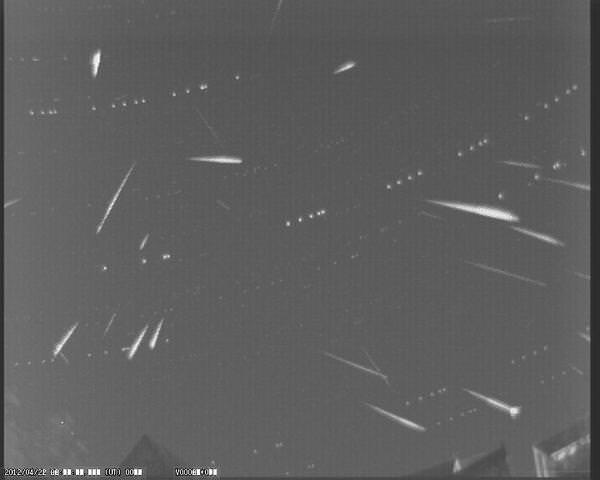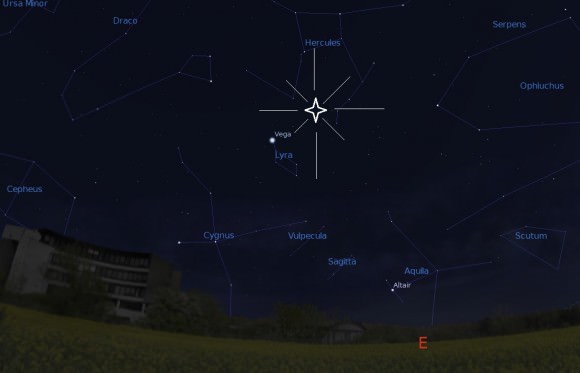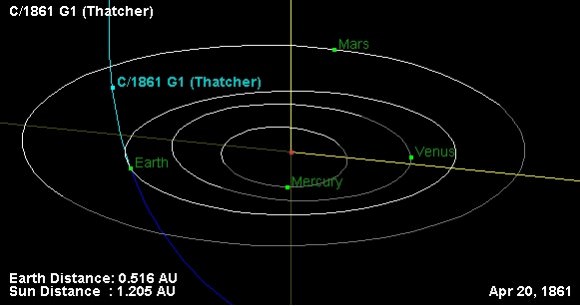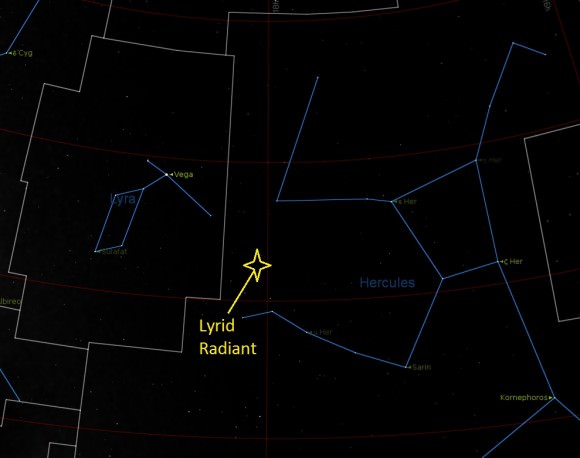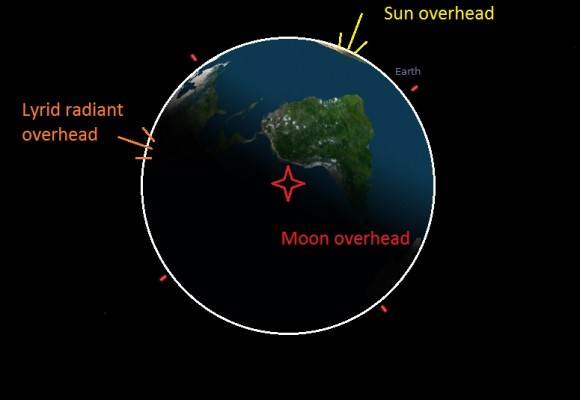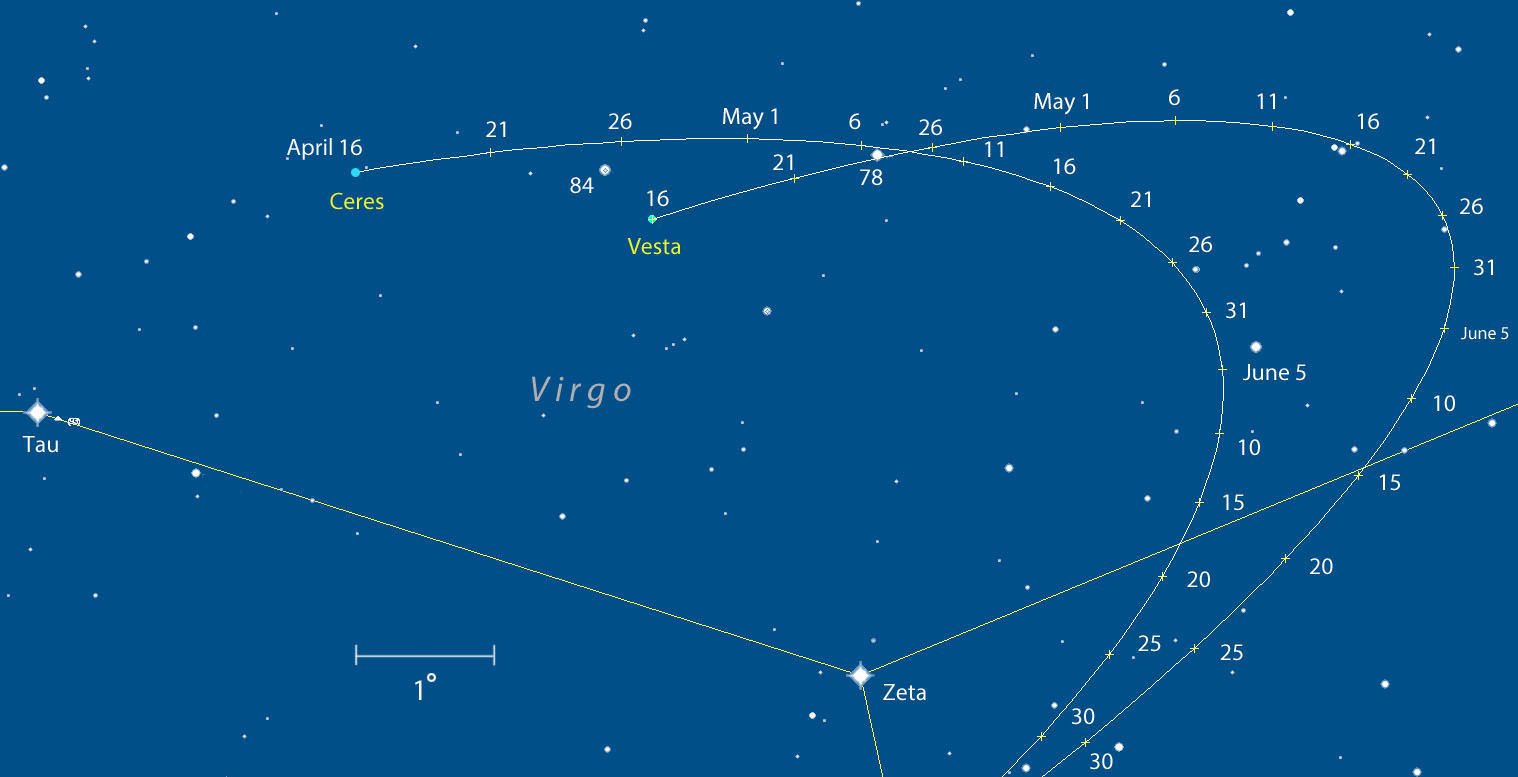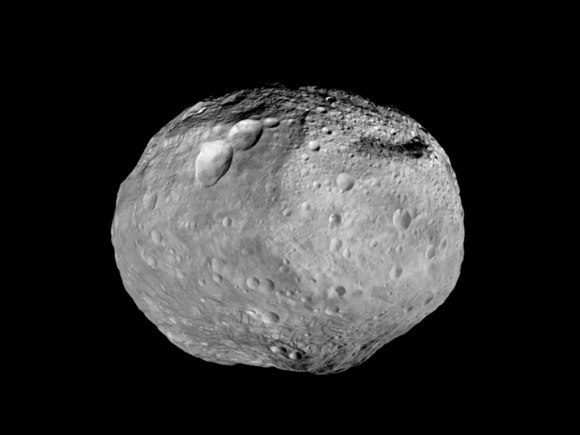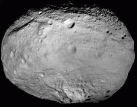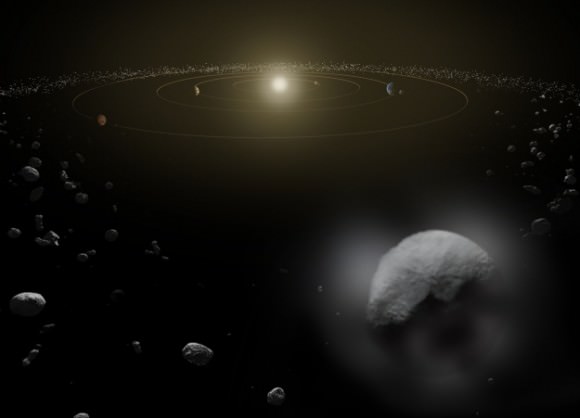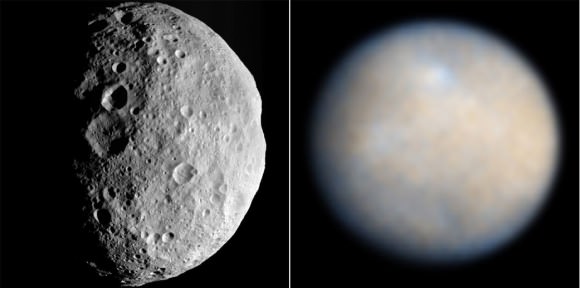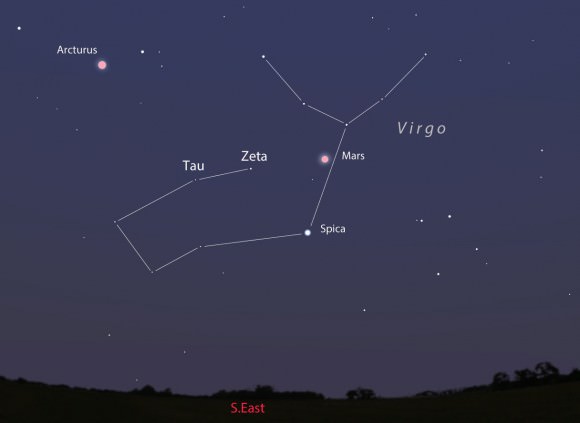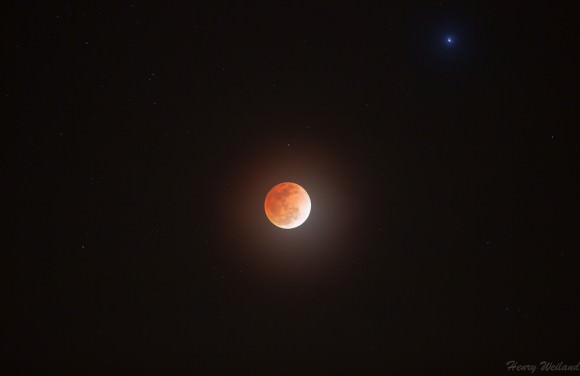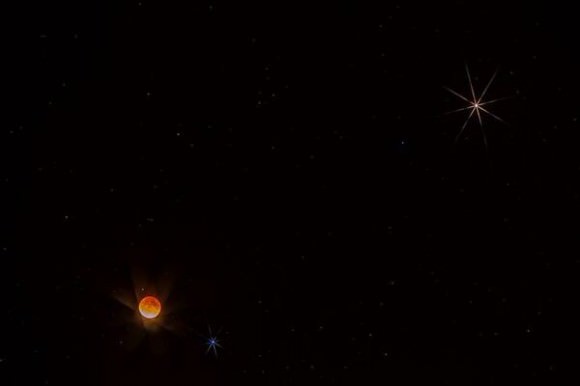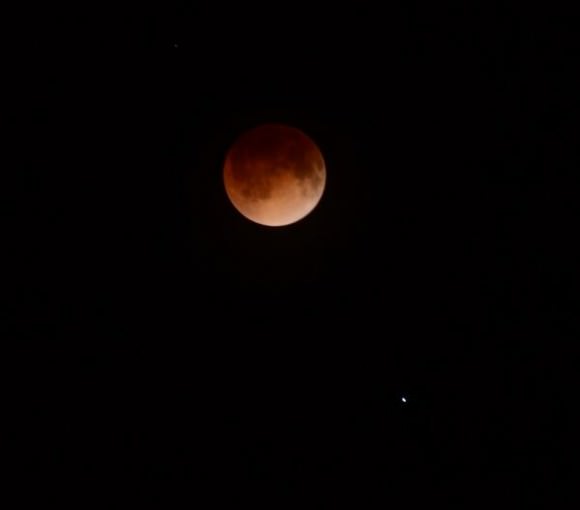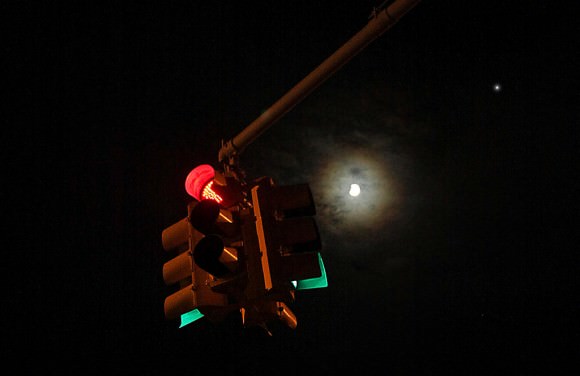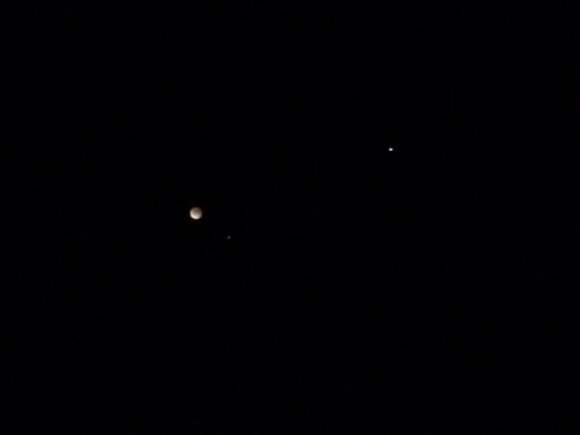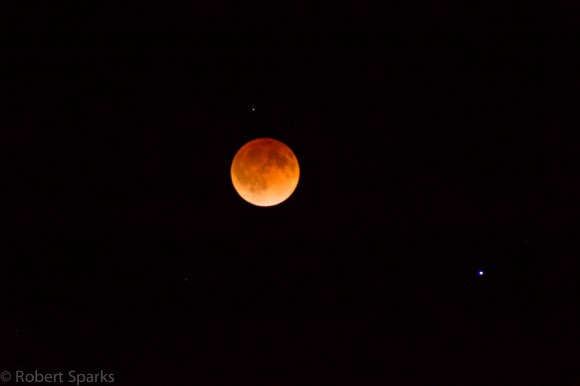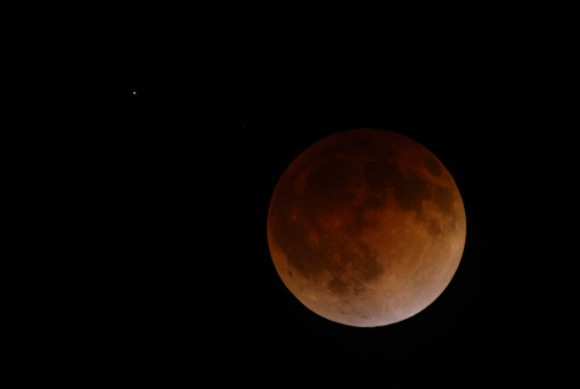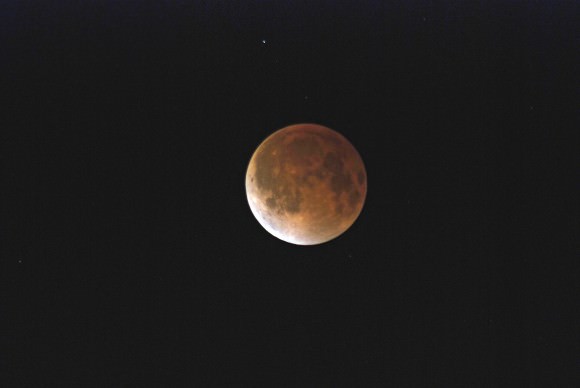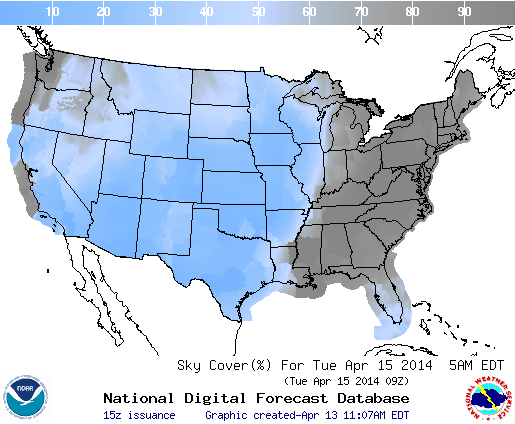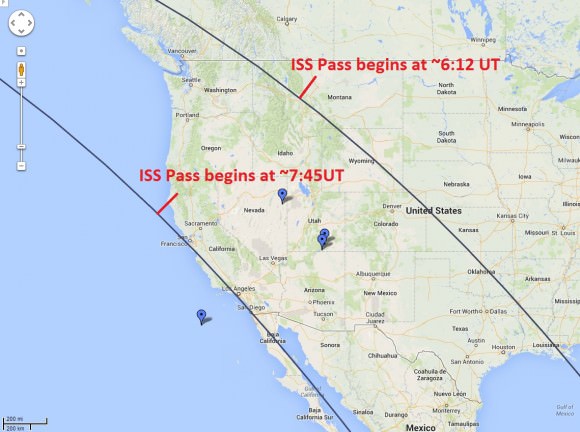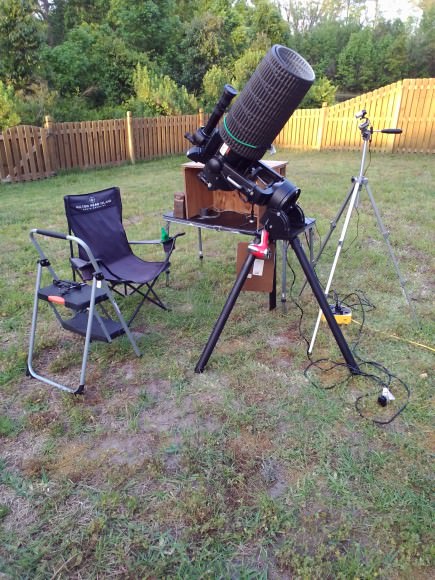A recently discovered comet is headed northward and is set to put on one of two fine performances for binocular observers in 2014 starting this week.
Comet C/2014 E2 Jacques was discovered on March 13th 2014 by Cristóvão Jacques, Eduardo Pimentel and João Ribeiro de Barros while observing from the Southern Observatory for Near Earth Asteroids Research (SONEAR) facility located near Oliveira, Brazil.
The comet was just about at +15th magnitude at the time of discovery as it glided across the southern hemisphere constellation of Centaurus.
While a majority of comet discoveries are destined to remain small and faint, Comet Jacques was immediately shown to be something special. Upon discovery of any new comet, the first task is to gain several observations hours or nights apart to accurately gauge its distance and orbit. Are astronomers looking at a small, garden variety comet close up, or a large, active one far away?
In the case of Comet Jacques, it was something in between: a comet about 1.22 Astronomical Units (A.U.s) distant at time of discovery. Comet Jacques is headed towards perihelion 0.66 A.U. from the Sun in early July and will pass 0.56 A.U. from Earth on August 28th. Follow up observations carried out using the iTelescope at Siding Spring Australia showed a slightly elongated coma about 2 arc minutes across shortly after discovery, and the comet has recently jumped up to magnitude +8 — ahead of the projected light curve — in just the past week.
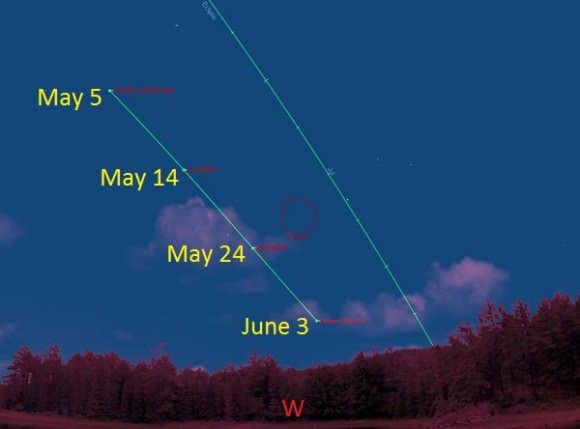
We caught our first good look at Comet Jacques last night while setting up for the Virtual Star Party. While +10 magnitude or brighter is usually a pretty good rule of thumb for binocular visibility, we found that the comet was only apparent as a fuzzy smudge viewing it with a 8” Schmidt-Cassegrain telescope using averted vision at low power. Remember, the brightness of a comet is spread out over its apparent surface area, similar to viewing a diffuse nebula. Our first telescopic views of the ill-fated comet ISON as it breeched +10th magnitude were similar. Certainly, a nearby waxing crescent Moon in Gemini last night didn’t help.
How bright will Comet Jacques get? Current projections call for it to perhaps break naked eye visibility around +6th magnitude after June 1st and reach as bright as +4th magnitude in early July near perihelion. After its first evening act in May and June, Comet Jacques will reemerge in the dawn sky for northern hemisphere observers for Act 2 and trace a path northward paralleling the galactic plane through the star rich fields of Perseus, Cassiopeia, Cepheus and Cygnus in August and September of this year. If our luck holds out, Comet Jacques will remain above 6th magnitude until early September.
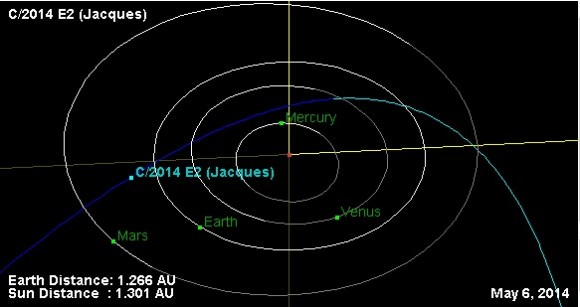
This comet also created a brief flurry of interest when it was revealed that it will pass just 0.085 AUs or 12,700,000 kilometers from Venus on July 13th, 2014. Though close, this is still 31 times the distance from Earth to the Moon. The only “eyes” that humanity has currently in operation around Venus is ESA’s Venus Express orbiter. During closest approach Comet Jacques will appear just over 3 degrees away from Venus as seen from our Earthly vantage point.
Another comet is also set to photobomb a planet, as Comet A1 Siding Spring passes a nominal distance of 0.0009 A.U.s or 135,000 kilometers from Mars this Fall on October 19th.
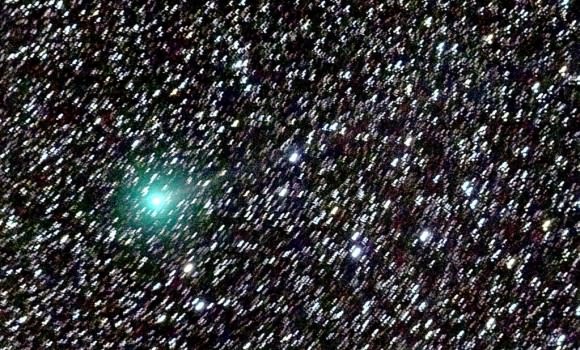
The closest recorded passage of a comet near Earth was Comet D/1770 L1 Lexell in 1770, which passed us 0.015 A.U.s or 233 million kilometres distant.
Now on to Act 1. May finds Comet Jacques spending most of the month in the long rambling constellation of Monoceros. Currently moving just under 2 degrees a day, Comet Jacques crosses the celestial equator northward this week on May 8th. You’ll note its high orbital inclination of 156.4 degrees as it speeds northward. Comet Jacques has a long orbital period gauged at over 30,000 years — the last time Comet Jacques visited the inner solar system, our ancestors had the Last Glacial Maximum period to look forward to.

Comet Jacques is currently the brightest comet “with a bullet,” edging out the +9th magnitude comets C/2012 K1 PanSTARRS gilding through Canes Venatici and comet C/2012 X1 LINEAR, currently residing in the constellation of Aquila the Eagle. A great place to keep up with current observations of comets is the Comet Observation Database. We’re also pinging the IAU Minor Planet Center’s quick look page for new discoveries daily.
Here are some highlights to watch out for as Comet Jacques heads towards perihelion. Passages within one degree — twice the size of the Full Moon — near stars brighter than +5th magnitude are noted unless mentioned otherwise:
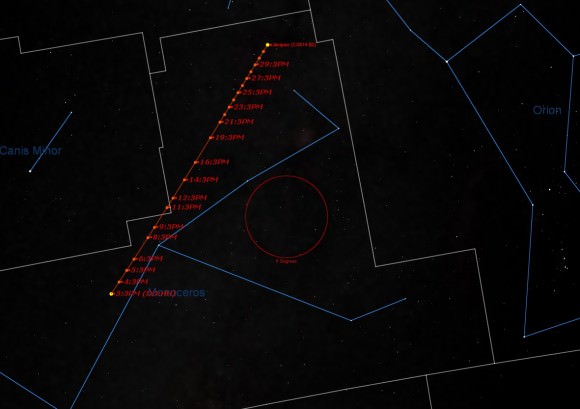
May 8th: Passes the +4.1 magnitude star Delta Monocerotis and crosses north of the celestial equator.
May 10th: Passes planetary nebula NGC 2346.
May 11th: Passes briefly into Canis Minor before reentering the constellation Monoceros.
May 14th: Full Moon occurs, marking the start of a favorable two week period of moonless evenings soon after.
May 24th: Passes the +4.8 magnitude star 17 Monocerotis.
May 28th: New Moon occurs, marking the return of the Moon to early evening skies.
May 29th: Passes the +4.7 magnitude star 15 Monocerotis.
May 30th: Passes the Christmas tree cluster. Photo op!
May 31st: The waxing crescent Moon passes less than 8 degrees from Comet Jacques.
June 1st: Comet Jacques reaches naked eye visibility?
June 6th: Crosses into the constellation Gemini.
June 11th: Crosses into the constellation Taurus.
June 13th: Full Moon occurs.
June 14th: Crosses the galactic plane.
June 21st: Passes into the field of view of SOHO’s LASCO C3 camera.
June 27th: New Moon occurs.
July 2nd: Reaches perihelion at 0.6638 A.U. from the Sun.
July 8th: Crosses north of the ecliptic plane.
July 13th: Passes 0.085 A.U. from Venus.
August 28th: Passes 0.56 A.U. from Earth.
And thus, Comet Jacques joins the parade of fine binocular comets in the 2014 night sky, as the stage is set for Act 2 this fall. And keep in mind, the next “big one” could grace our skies at anytime… more to come!

